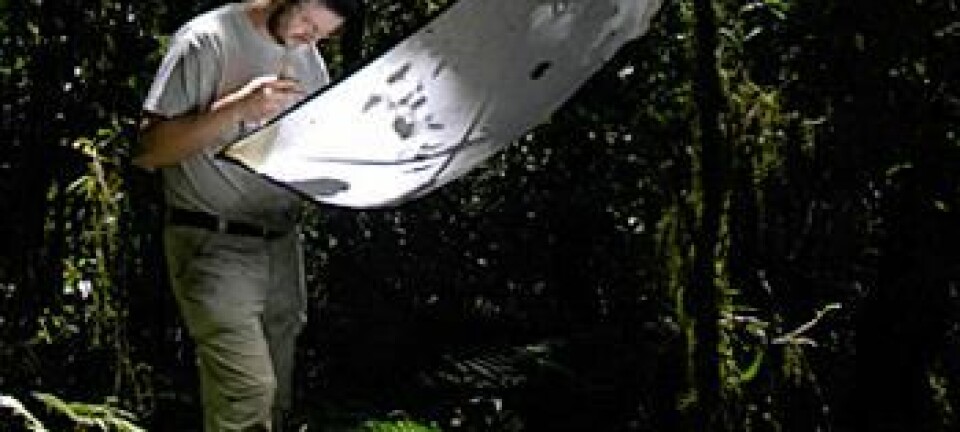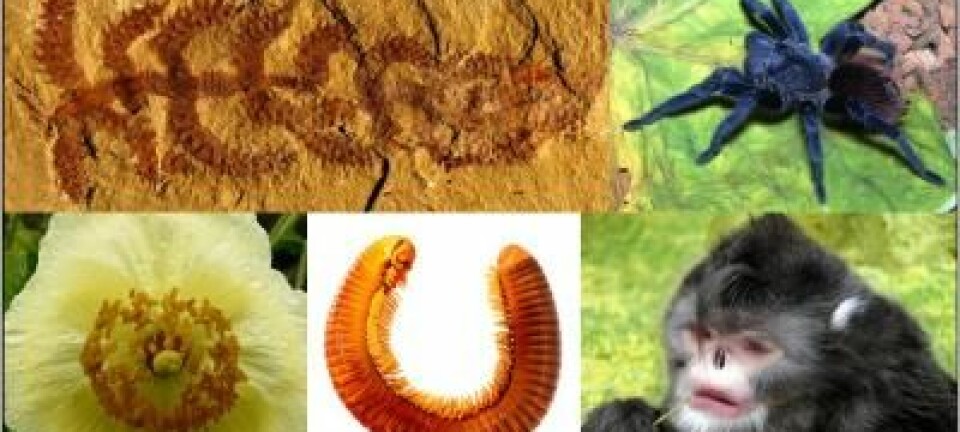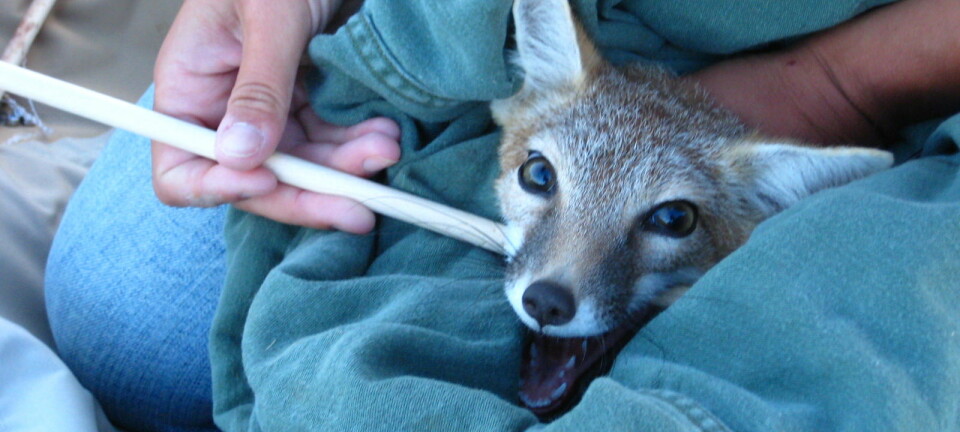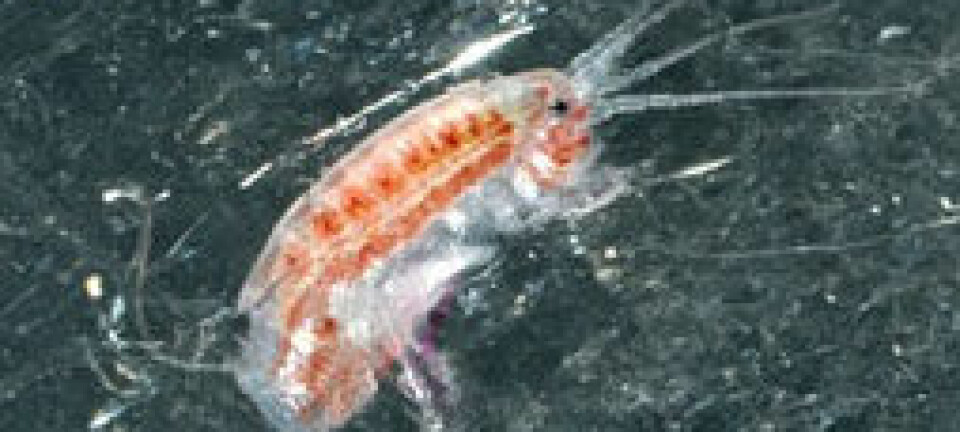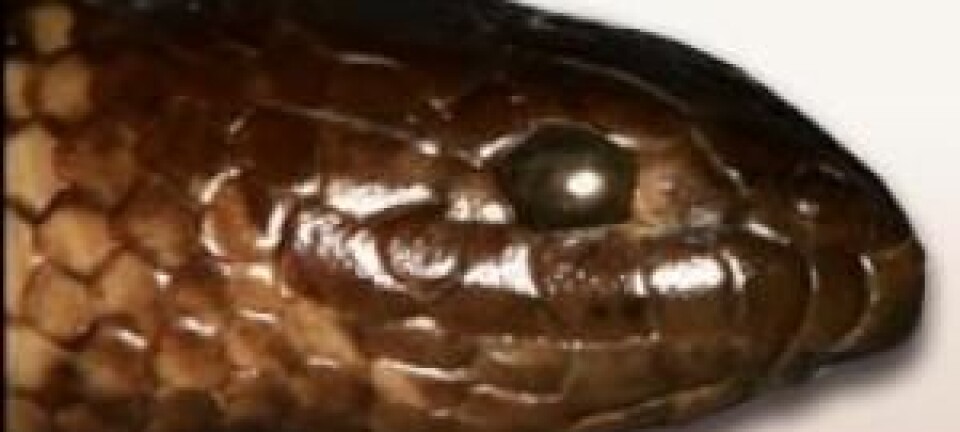
Imported plants with dangerous stowaways
A flood of non-native insects and arachnids are streaming unchecked into Norway. Some of them are classified as high ecological risks.
Denne artikkelen er over ti år gammel og kan inneholde utdatert informasjon.
Norway needs to tighten its borders to thwart an ever-growing influx of dangerous aliens, concerned researchers say.
Blame this rising influx of unwanted bugs and creepy spiders on globalisation and international trade. The horticultural industry is big business, with the Norwegian import of outdoor plants – such as perennial trees, bushes and herbs – tripling between 1997 and 2011.
Tip of the iceberg
Unfortunately the horticultural industry also turns out to be ‘bug business’. That clump of soil that protects roots during transport provides shelter for insects, eggs and seeds, while the plant itself also can hide tiny stowaways. Once the plants arrive in Norway it’s only a matter of hours before they are distributed across the country – along with any hidden hitchhikers.
“There is a substantial and increasing import of plants to Norway, bringing with it a huge number of stowaway individuals and species. We have probably only seen the tip of the iceberg,” says Dagmar Hagen, Research Professor at the Norwegian Institute for Nature Research (NINA).
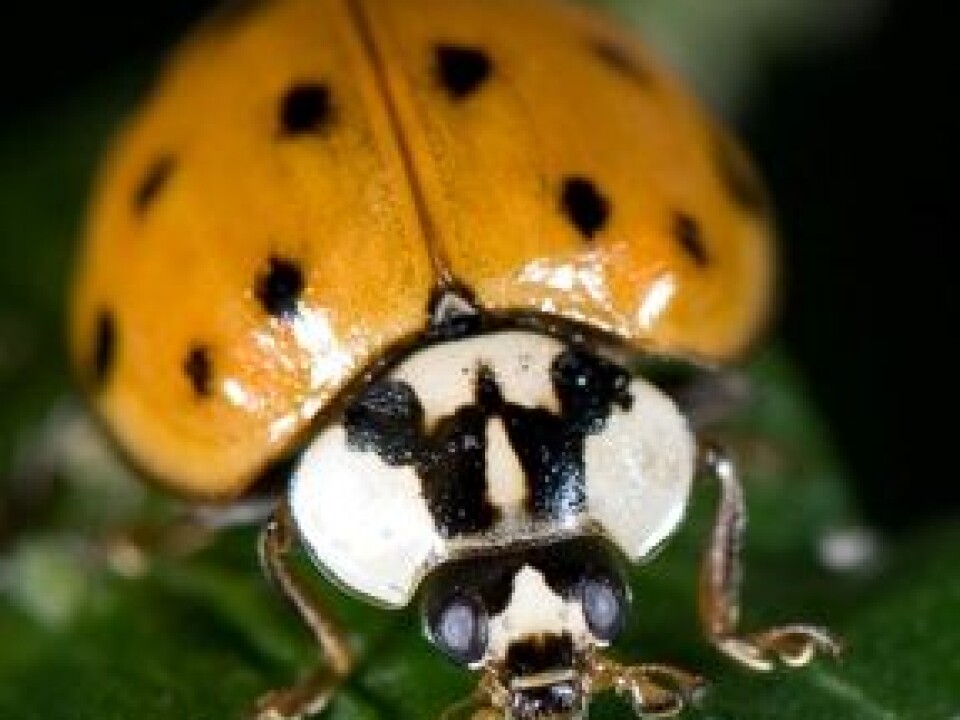
“But our knowledge of how imported species affect indigenous species and habitats is practically non-existent.”
More than 9,000 invertebrates
NINA researchers examined plant containers for a recent study when the plants had first arrived in Norway at two import sites. The researchers sampled soil and mulch from 19 containers to look for invertebrates - such as insects and arachnids - and seeds.
The results were staggering. The scientists found more than 9,000 invertebrates. The sheer amount of work meant that the researchers could only focus on beetles, ants and bugs. They found more than 125 species of beetles – of which at least ten species were previously unrecorded in Norway.
The samples contained specimens of the harlequin ladybird, popularly known as the ‘monster ladybird’ – a high-risk invasive species. Other ominous finds were the Tapinoma ‘ghost ant’ and the asparagus beetle.
Nature loves a vacuum
The imported plants contained more than stowaway creepy-crawlies - the soil itself was packed with seeds and seedlings. A seed bank study of the containers revealed 2,664 seedlings from 78 vascular plant species – with eight species previously unrecorded in the country. One of them, Senecio viscosus, is classified as a ‘high ecological risk’ on the Norwegian Blacklist of invasive species.
Garden plants are mainly imported from the Netherlands, Germany and Denmark, and only one per cent of plant imports come from outside Europe. However, this is no guarantee that the plants haven't come from more exotic lands.
“Large plant-exporting countries have commercial horticultural industries that are multinational," the researchers noted in a report on their findings. That means "the country of origin for the plants may be different from the export country."
Little is known
“We know very little about which species are coming into Norway, either carried in on the plants or in the earth itself,” says Hagen.
“We also know little about the types of risk these species pose to Norwegian wildlife. Some species might survive and compete successfully for resources, crowding out native species. These are issues we generally know little about, so we need to monitor the situation much more closely.”
Systematic studies are needed
The researchers recommend regular, systematic studies over time to get an overview of which species come in with the plants. Field studies can also help scientists learn which species are able to establish themselves in Norway, and the impact they have on the environment.
This knowledge will not only help scientists and policymakers come up with measures to reduce the risk of invasive species, but will also be valuable in assessing the overall ecological risk they pose, all of which can help policymakers regulate imports. International trade agreements require that risks be clearly documented before import restrictions can be introduced.
Reduced imports mean fewer alien species
“The findings show an almost linear relationship between import volume and number of alien species, so any efforts that reduce imports will also reduce the level of alien species,” Hagen points out.
The researchers' report also recommends that public authorities formulate strategies in case alien species manage to establish a population. And the realities of these alien hitchhikers - with their prevalence and the potential risks they pose, needs to be communicated "to different players and stakeholders from market gardens, nursery gardens and private gardens,” the NINA report concludes.







